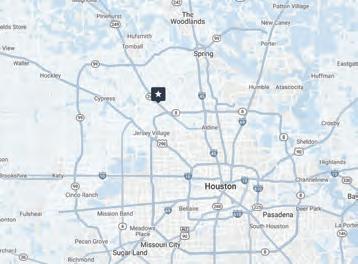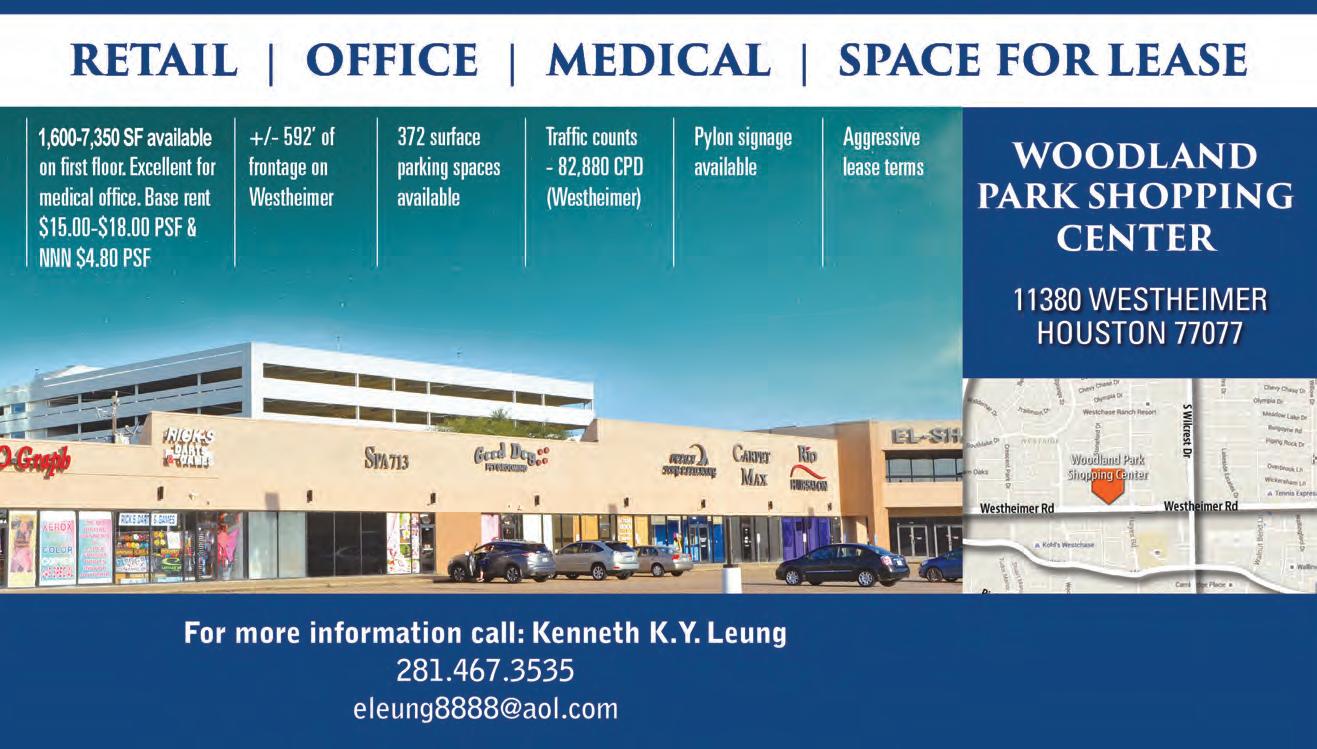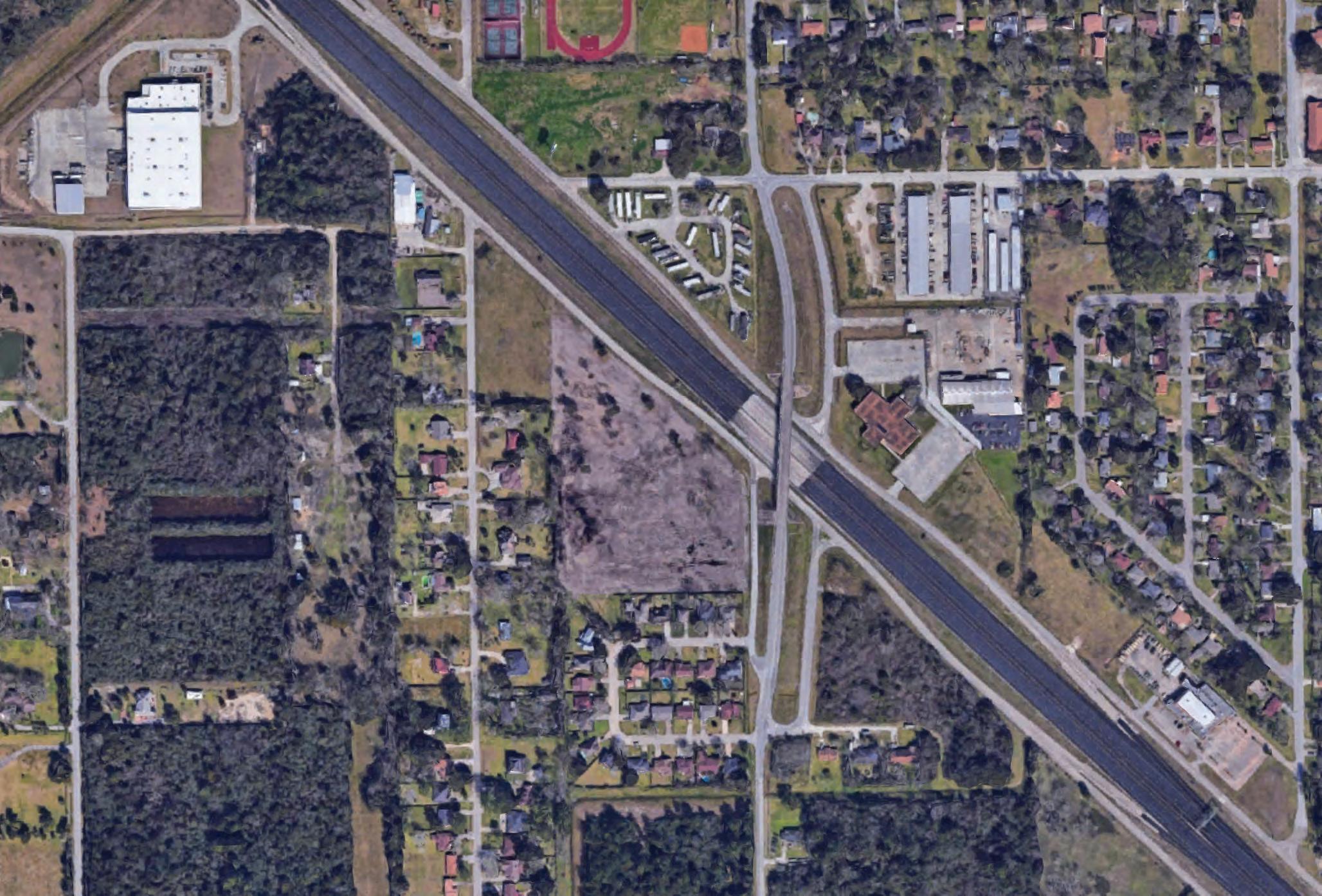
6 minute read
Agile office: What is next for office? The flexibility of a property—both the physical space
Agile office: What is next for office?
BY MANDI WEDIN, CEO, FEROCE REAL ESTATE ADVISORS
Agile office. Is that an oxymoron? Can a structure built of steel and concrete be agile? The answer is yes, emphatically yes, when there is agility in both the physical space and economic lease terms. In both cases, agility means being flexible and responsive in order to meet dynamic needs. Agility is also required for employers and people leaders to adapt, innovate and evolve during this time of transition.
Mandi Wedin, Before the global pandemic of COVID-19, agile Feroce Real Estate Advisors office was already a differentiator for office building owners to win tenants, smart business solutions for office occupiers and a competitive advantage for talent acquisition and retention. In today’s world, the need to be agile is crucial for the near- and long-term success of office building owners and occupiers.
Agile physical space For the physical space, consider agility from the perspective of delivering space that is useful today and can be useful for another purpose with moderate
8 801 3,032 SF WILLOWBROOK COURT Available TRAVIS
New Common Areas and Spec Suites

Direct Access to Downtown Tunnels
adjustments and limited capital investments in the near future. Agility means delivering spaces that are multi-purpose. Design an internal office so that it can also be used for video presentation space and small team pods. Agility means using furniture solutions and interior design principles to define spaces instead of building out walls and permanent structures. Think of how a hotel lobby contains seating areas that delineate separate spaces. Envision cafe spaces that also accommodates training sessions.
Agile lease terms For the lease economics, agility is delivering a business solution that allows enough flexibility balanced with enough certainty to meet the needs of both the landlord and the tenant. Companies use real estate as a tool to achieve business results. As the path to achieve those results is changing, the role of real estate is changing. As tenants determine where they need flexibility—length of lease term, amount of space leased, space utilization—landlords can meet that demand for flexibility with agile lease terms. Yes, that agility in lease terms and options includes costs for the landlord, both in direct costs and the valuation impact of that lease. The pricing of that flexibility is reflected in the rental rate and accompanying lease terms, to capture both the cost to the landlord and the value to the tenant.
Work from anywhere Companies are preparing for their employees to continue to work from home into 2021 or whenever an applied medical intervention addresses the pandemic. Working from home has worked because we had no choice. Now is the time to plan for what it will look like when employees do choose to go back to an office. Both employees and companies have learned that where an employee completes their work is a variable, known as workplace mobility. When employees do have the choice again, they can choose to work from anywhere—from home, from HQ, from a satellite office, from a coffee shop. Companies want to provide that mobility in order to retain an important asset, their talent pool.
Retail Space from 1,400 - 58,421 SF


Available
Which spaces employees choose to work at will depend on what type of work they will be completing that day—concentration work, team sessions, client meetings. That choice will also be rooted in prioritizing wellness and health, for themselves, their families and others. Employees will select spaces (and companies) that they trust to meet their needs for both health and wellness concerns and the type of work to be completed.
CALL US TODAY 281.875.7811

Supply and demand To be considered as a quality workplace solution, office buildings first need to address the threshold question of wellness and safety. The definition of a quality building is rapidly crystallizing in the age of COVID-19, with an intense focus on up-to-date building systems, technology and operations, including HVAC upgrades, touchless solutions and occupancy and traffic flow mitigation efforts in
common areas. Buildings that both meet this definition of quality and effectively communicate around wellness and health will be ahead of the game. Through the lens of workplace mobility, companies are evaluating what purpose they need their office space to serve in order to meet their business goals. If companies need space for employees to complete heads down work, the space will need to include private, quiet space that enables concentration. If the business needs collaboration and creativity space, they will pursue space that facilitates groups working together both in person and with video capabilities. The business need may include both concentration and collaboration spaces, so companies will find quality buildings with space that is agile enough to meet both of those needs. Now layer on lease transactions that provide enough flexibility that companies can adjust the term or size to address changing business needs. As companies are pursuing agile office solutions, landlords are assessing their paths forward to meet that demand and be in a position to win. Landlords begin by meeting the quality building definition noted above. They also determine how to meet the agile physical space needs of tenants through a smart allocation of capital. The capital spend can address designing and building agile, pre-built space or building amenities like conference centers that support tenant business needs. Landlords also evaluate the ability of their current capital structures to accommodate the tenant demand for flexibility. Agile office in practice Agile office is already happening. Coworking companies like Industrious, Convene and WeWork offer it through their enterprise solutions. Yes, coworking has been significantly impacted during COVID-19 as individuals with memberships have chosen to not go into shared office space and companies with flexible lease terms have exercised termination and downsizing options. Yet, coworking is a significant component of the existing agile office supply and will continue to be a solution for companies looking for flexibility. Landlords like WashREIT with Space+ directly offer high quality, pre-built, ready to move in, flexible term and space solutions. Additionally, landlords partner with coworking providers (Hines’ The Square partnerships with Industrious and Convene) or real estate service providers who offer a branded product, such as CBRE’s Hana. These offerings meet the demand of both existing tenants and new tenants who value relationships with landlords who offer both long-term, traditional leases and shorter-term, agile leases.
Ride the wave While the lasting impacts of COVID-19 are not yet clear and that uncertainty poses challenges for both office building owners and occupiers, the demand for agile office was here before the pandemic and that demand is accelerating. In JLL’s July 2020 report, The Impact of COVID-19 on Flexible Space, they note that “67 percent of CRE decision makers are increasing workplace mobility programs and incorporating flexible space as a central element of their agile work strategies.” Landlords—get in the way of that wave of demand. Tenants—find the building owners with agile office space that can meet your needs.
City Management



